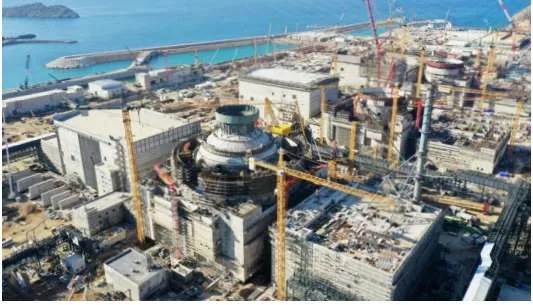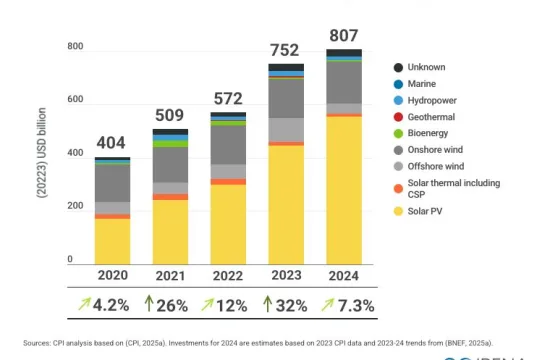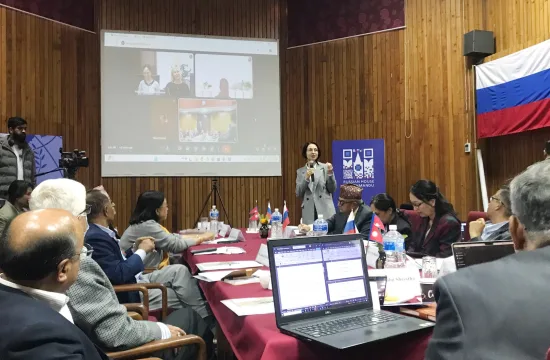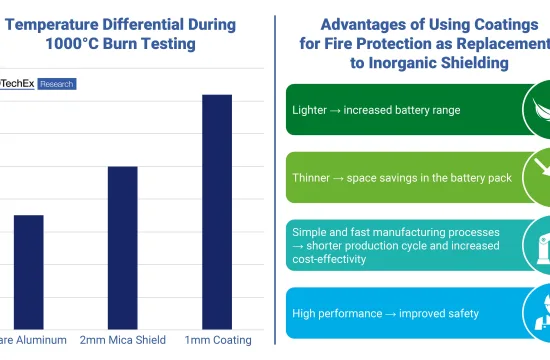
VIENNA — The International Atomic Energy Agency (IAEA) has raised its global nuclear power projections for the fifth consecutive year, signaling growing international support for nuclear energy as a clean and secure solution to meet future electricity demands.
Unveiled by IAEA Director General Rafael Mariano Grossi at the 69th IAEA General Conference in Vienna, the agency’s latest annual report, Energy, Electricity and Nuclear Power Estimates for the Period up to 2050, outlines a significant upward revision in nuclear capacity forecasts.
In its high-case scenario, the IAEA projects global nuclear operational capacity to reach 992 gigawatts electric (GW(e)) by 2050—more than 2.6 times the 2024 level of 377 GW(e). The low-case scenario anticipates a more modest 50% increase to 561 GW(e).
Small modular reactors (SMRs) are expected to play a transformative role in this expansion, contributing 24% of new capacity in the high-case projection and 5% in the low-case.
Post-Fukushima Recovery and Rising Confidence
This marks a continued rebound in nuclear optimism since the IAEA first revised its projections upward in 2021, following a decade of caution after the Fukushima Daiichi accident in 2011. The high-case estimate has climbed 25% since 2021, when it stood at 792 GW(e).
“The IAEA’s steadily rising annual projections underscore a growing global consensus: nuclear power is indispensable for achieving clean, reliable and sustainable energy for all,” said Grossi.
Projection Assumptions and Enabling Factors
The report’s scenarios incorporate a range of variables, including reactor license renewals, planned shutdowns, power uprates, and ongoing construction. The low-case assumes minimal changes in market conditions, technology, and policy, while the high-case reflects national ambitions to expand nuclear energy.
To meet or exceed the high-case forecast, the report emphasizes the need for enabling factors such as supportive national policies, investment incentives, and workforce development. It also highlights the importance of harmonized regulatory and industrial frameworks to ensure the timely deployment of SMRs.
Historical Context and Regional Trends
Now in its 45th edition, the IAEA’s annual estimates offer a comprehensive view of nuclear energy trends across regions. The projections have evolved over decades to reflect shifting energy landscapes, with recent years showing consistent alignment between actual development and forecasted ranges.
As nations seek resilient and low-carbon energy solutions, nuclear power appears poised to play a central role in the global energy transition.







